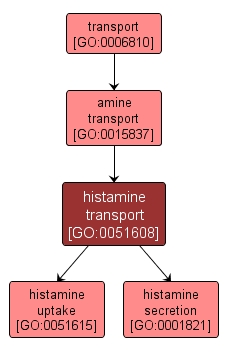| Desc: |
The directed movement of histamine into, out of, within or between cells by means of some external agent such as a transporter or pore. Histamine is a physiologically active amine, found in plant and animal tissue and released from mast cells as part of an allergic reaction in humans. |














